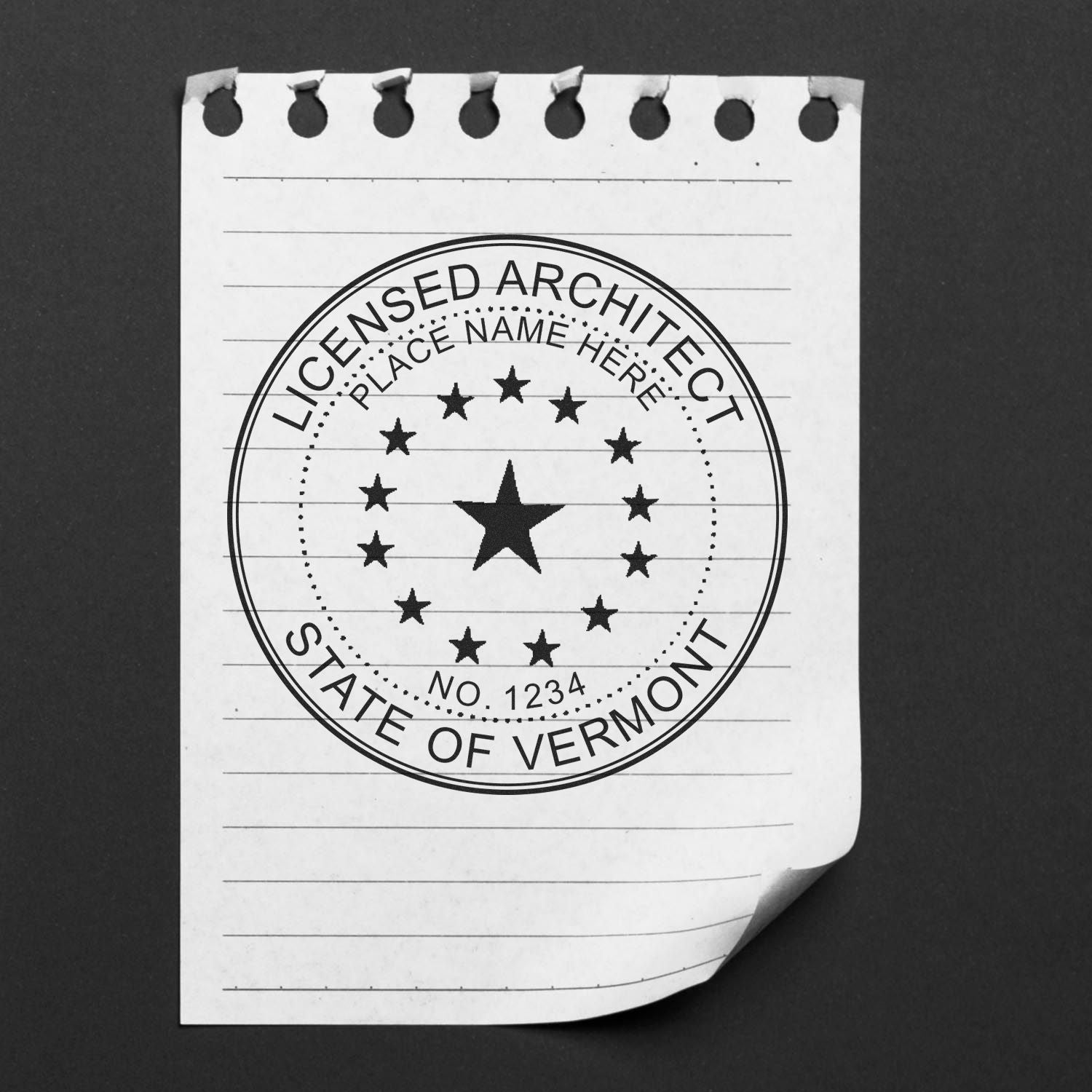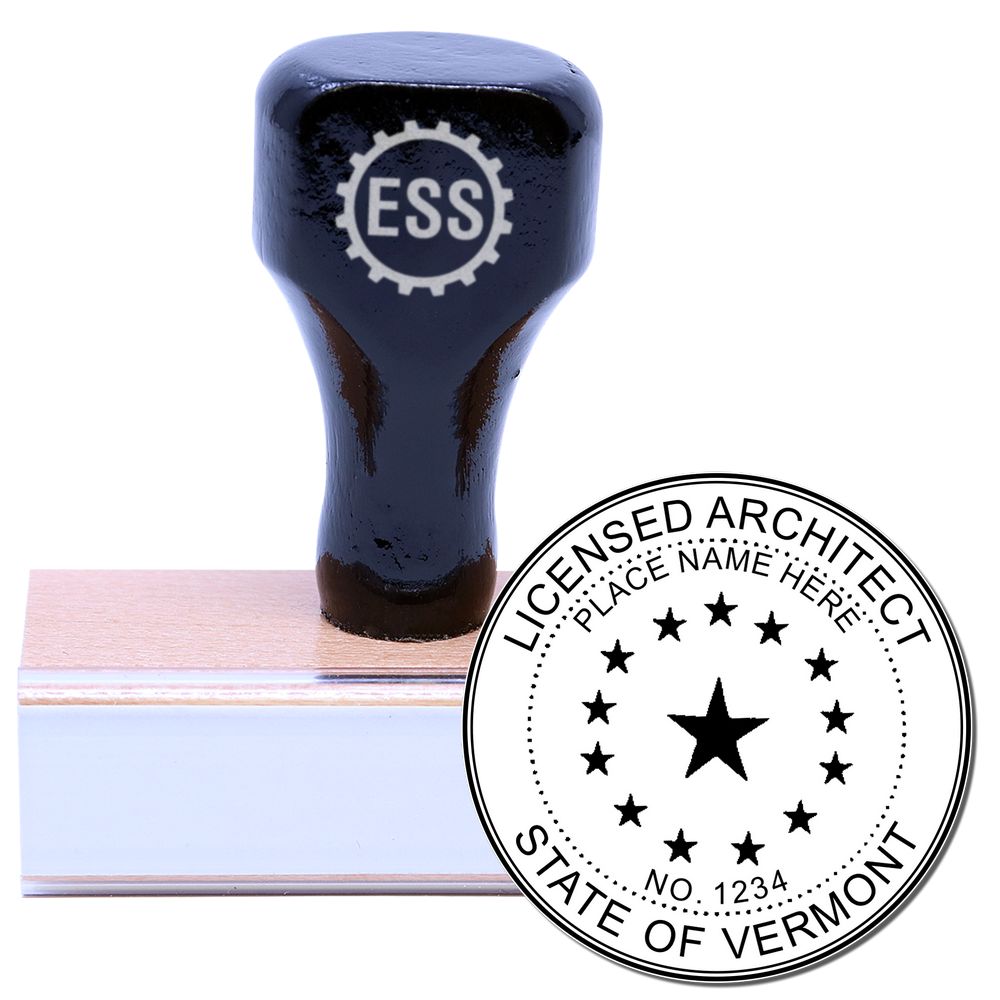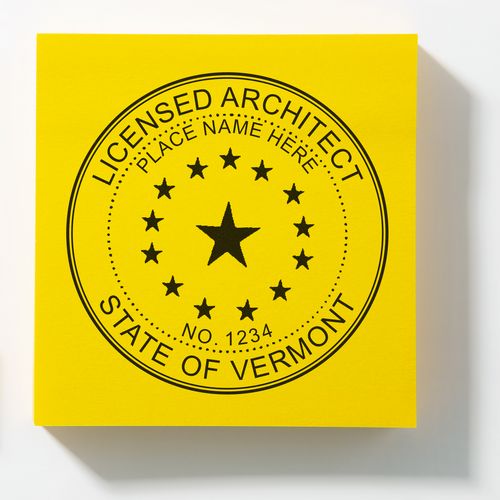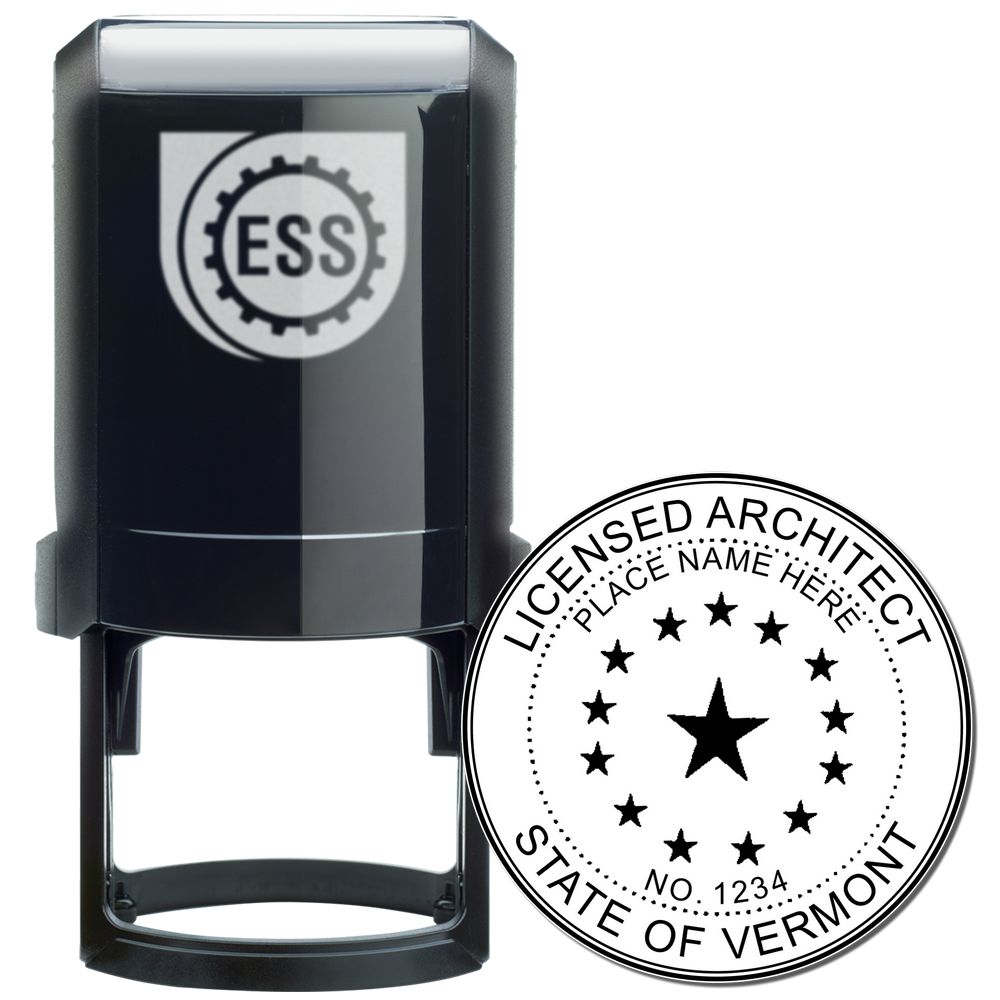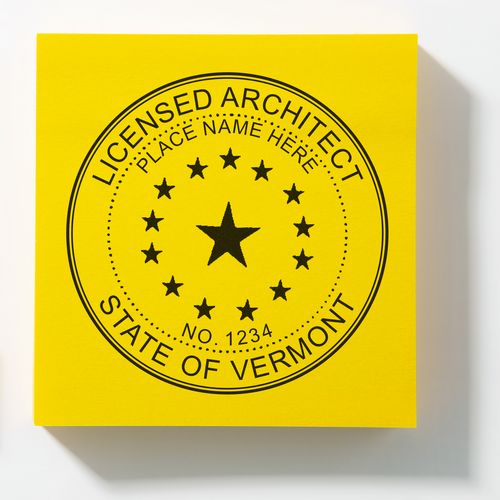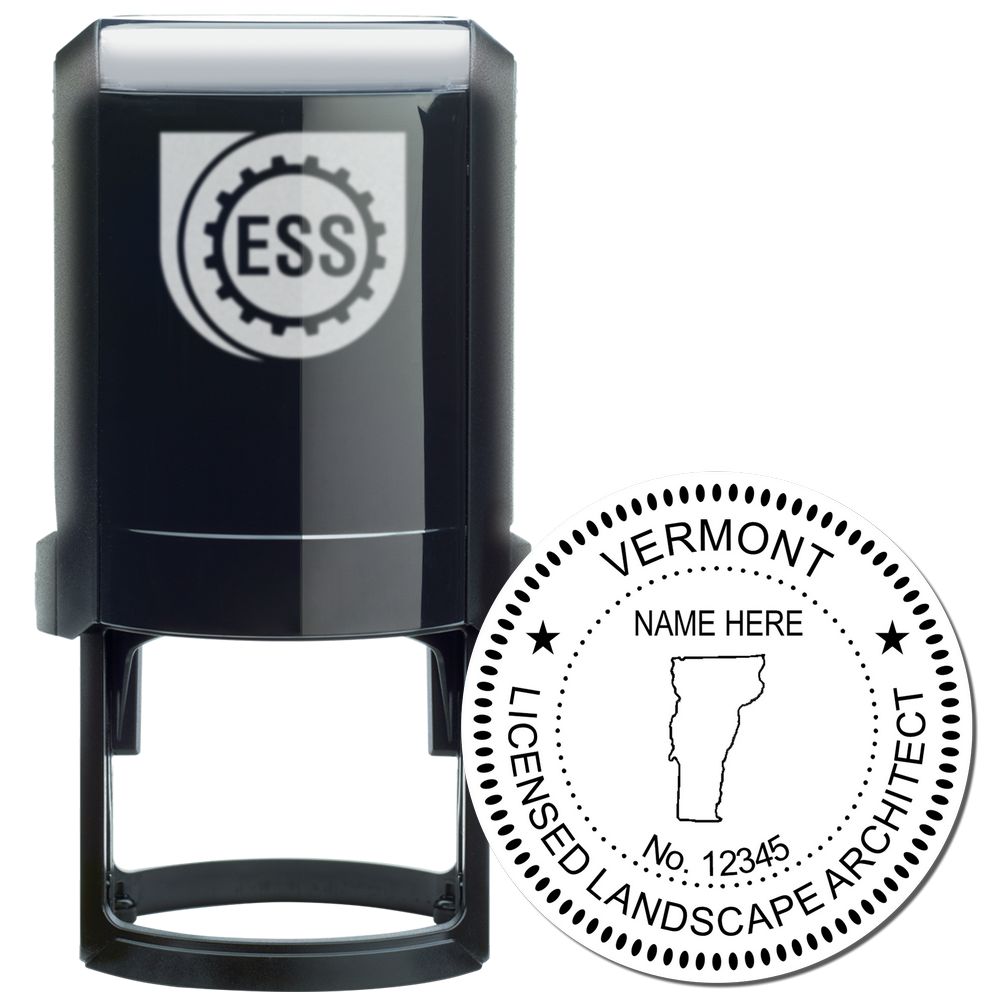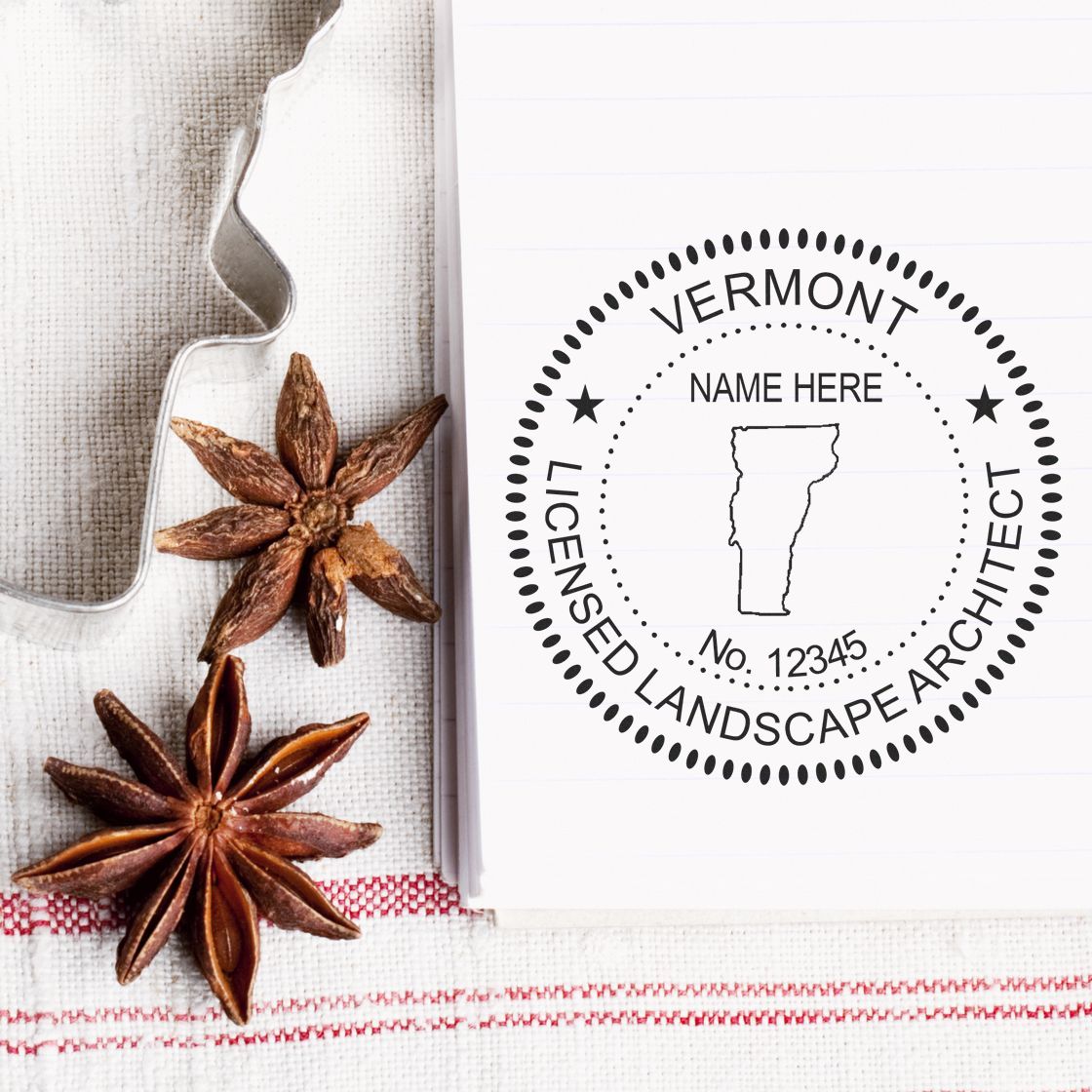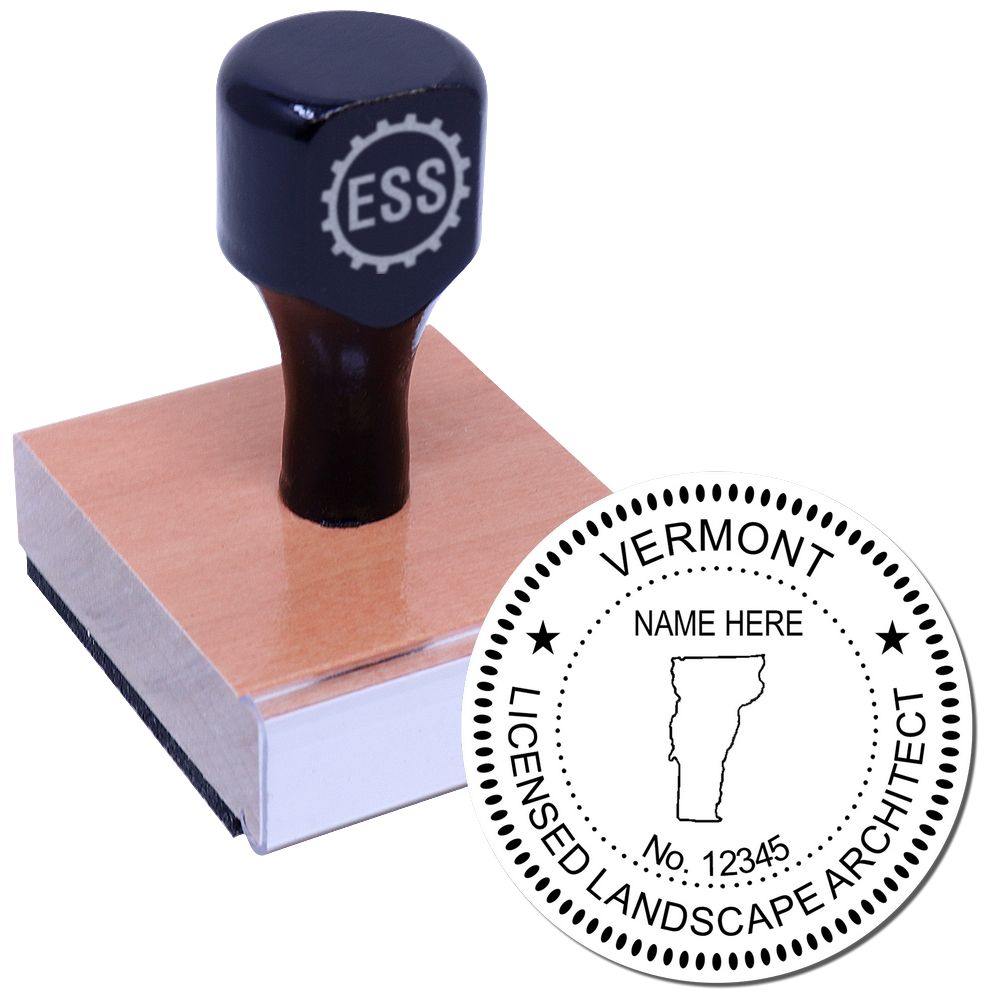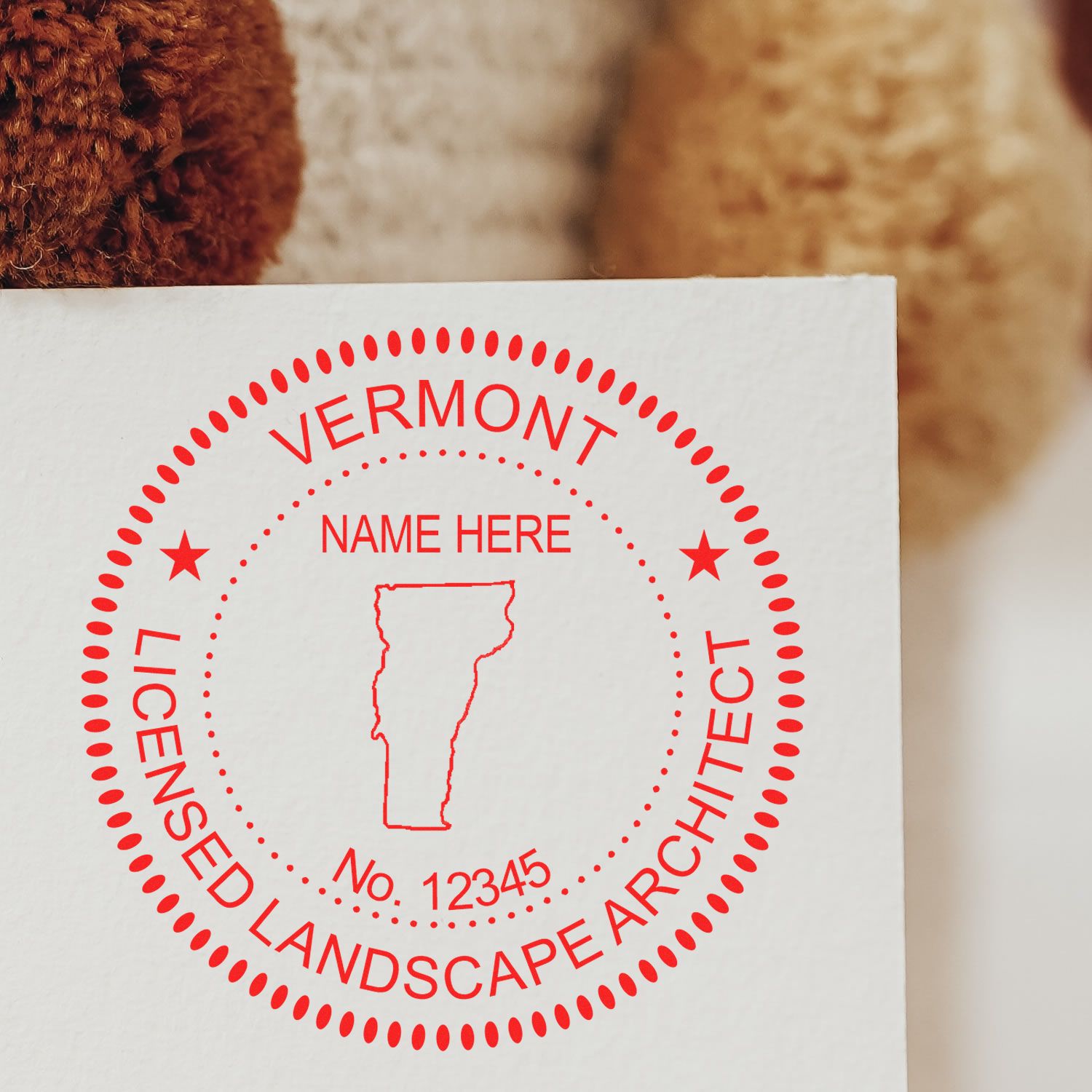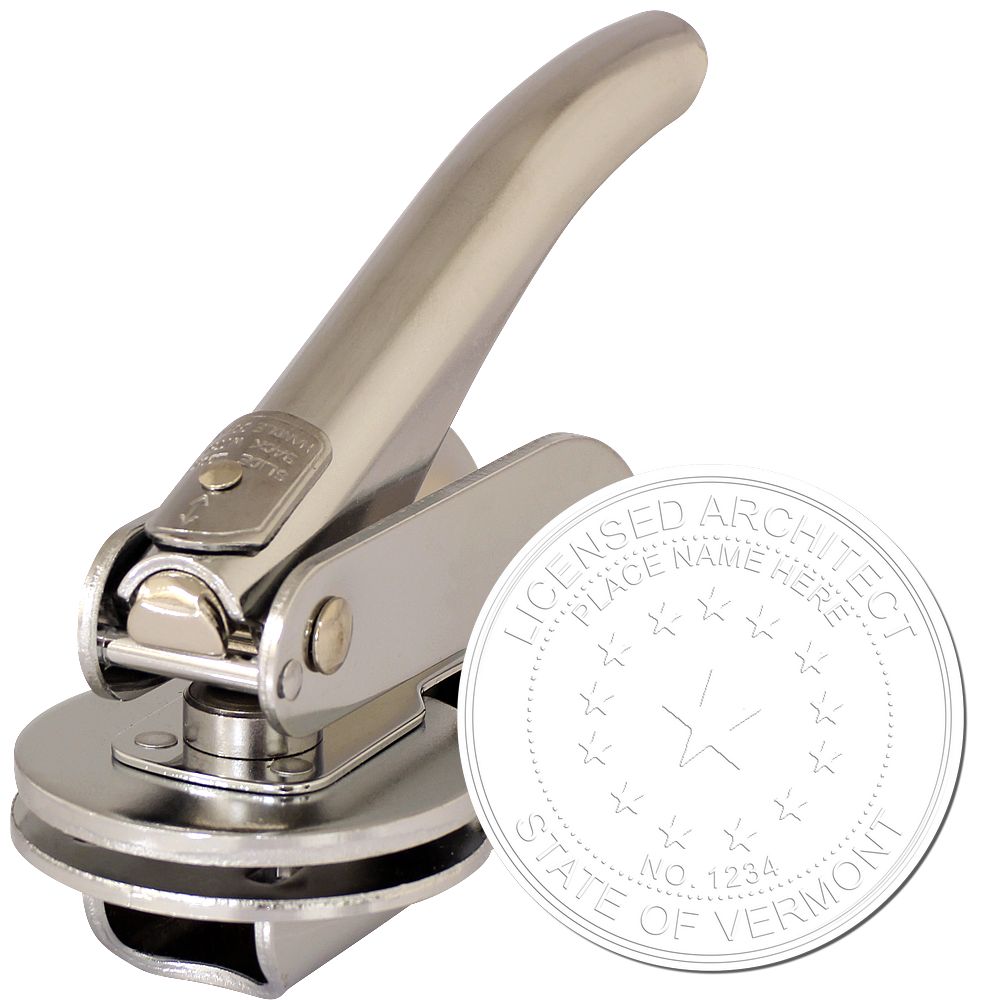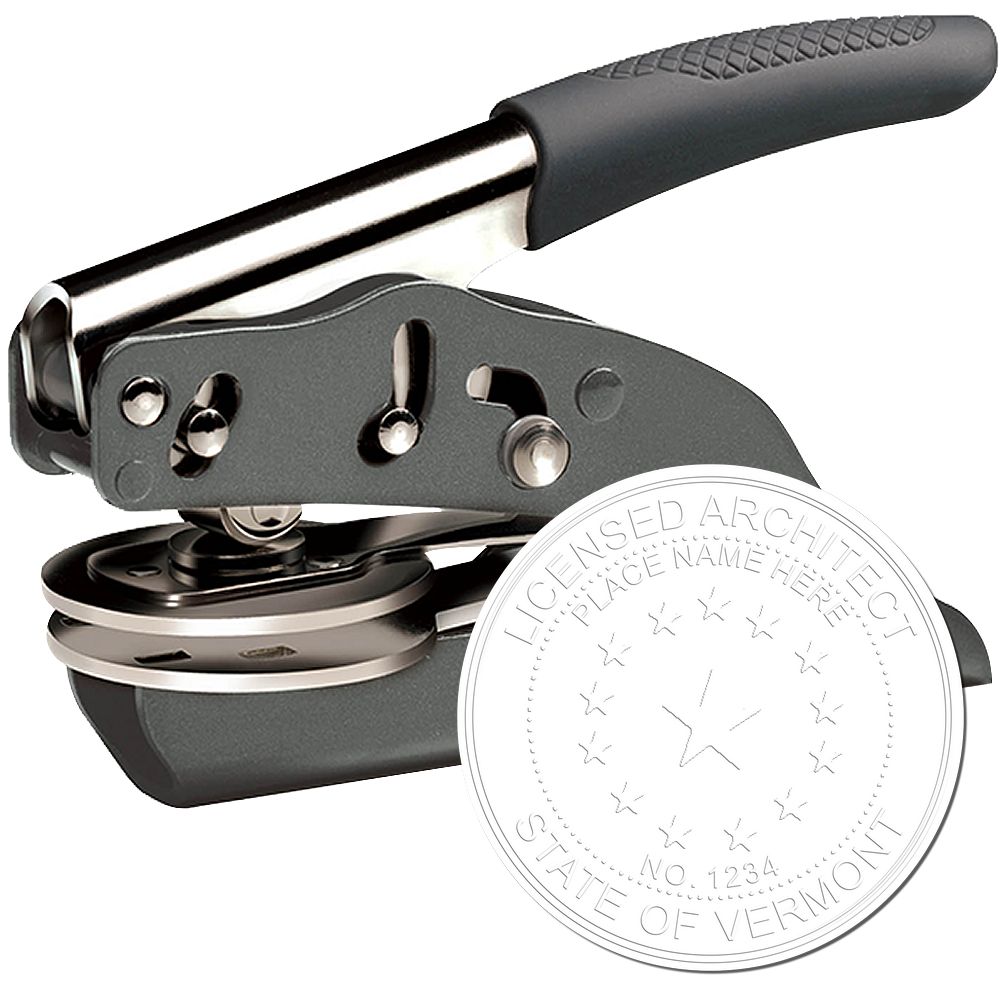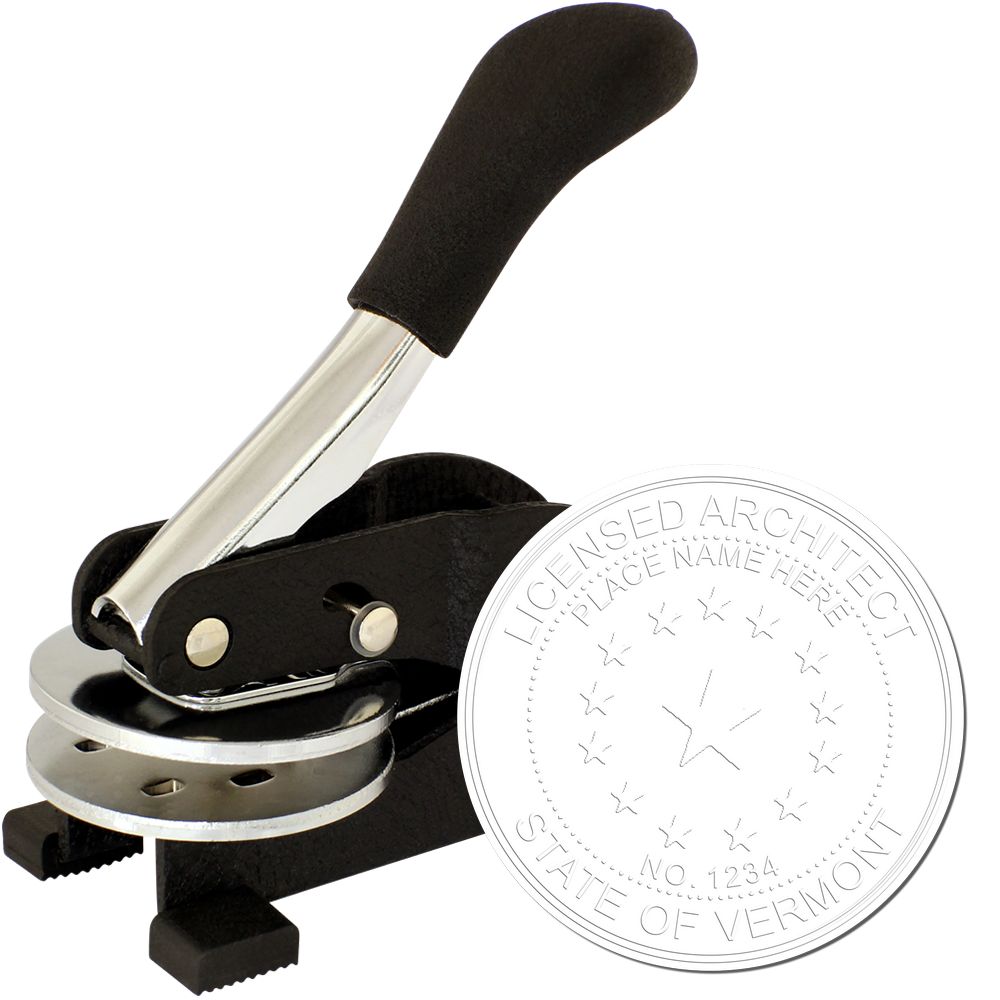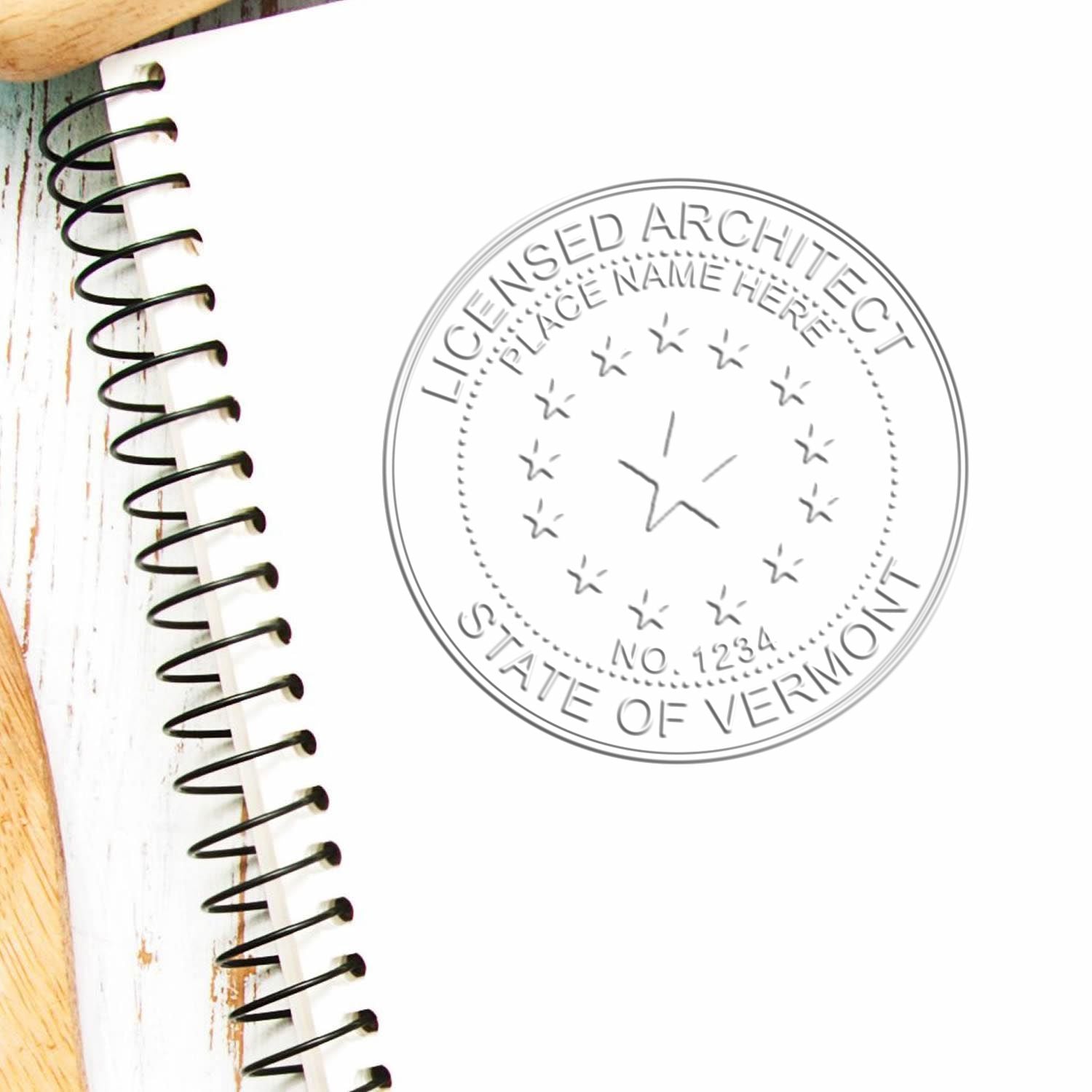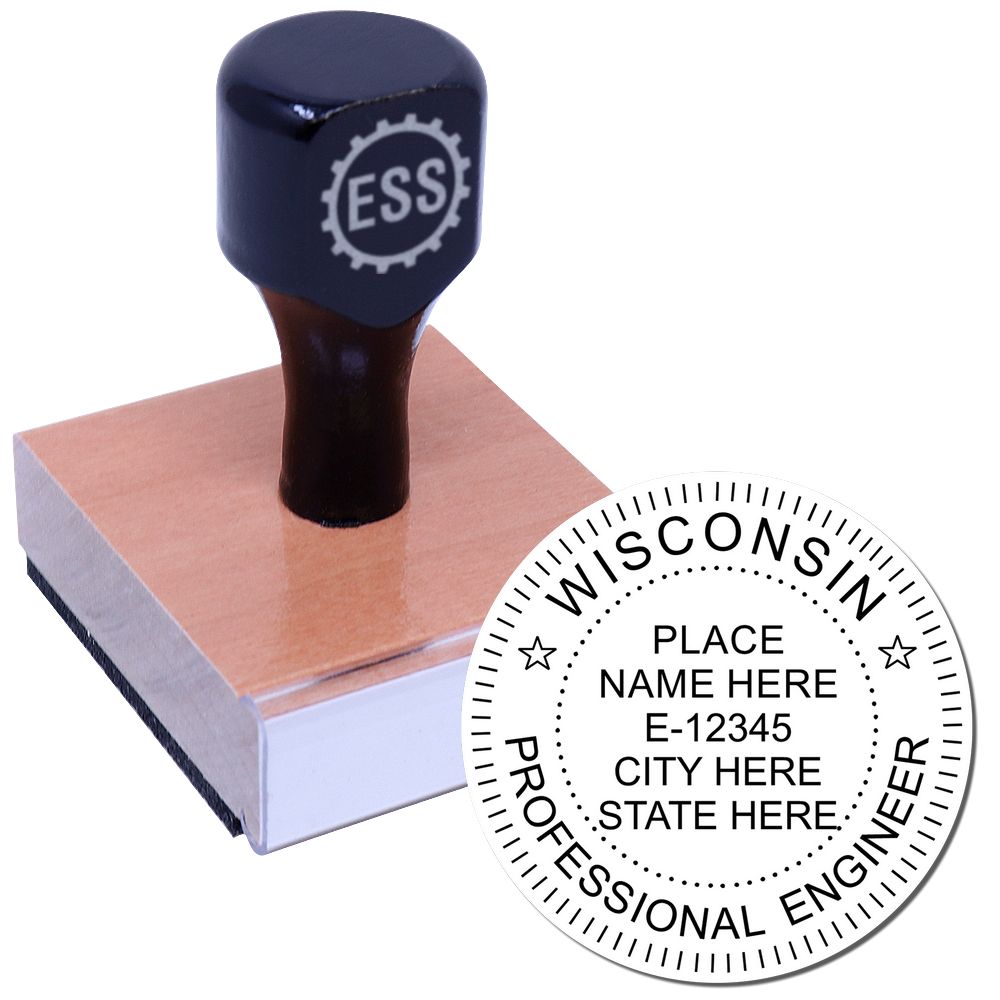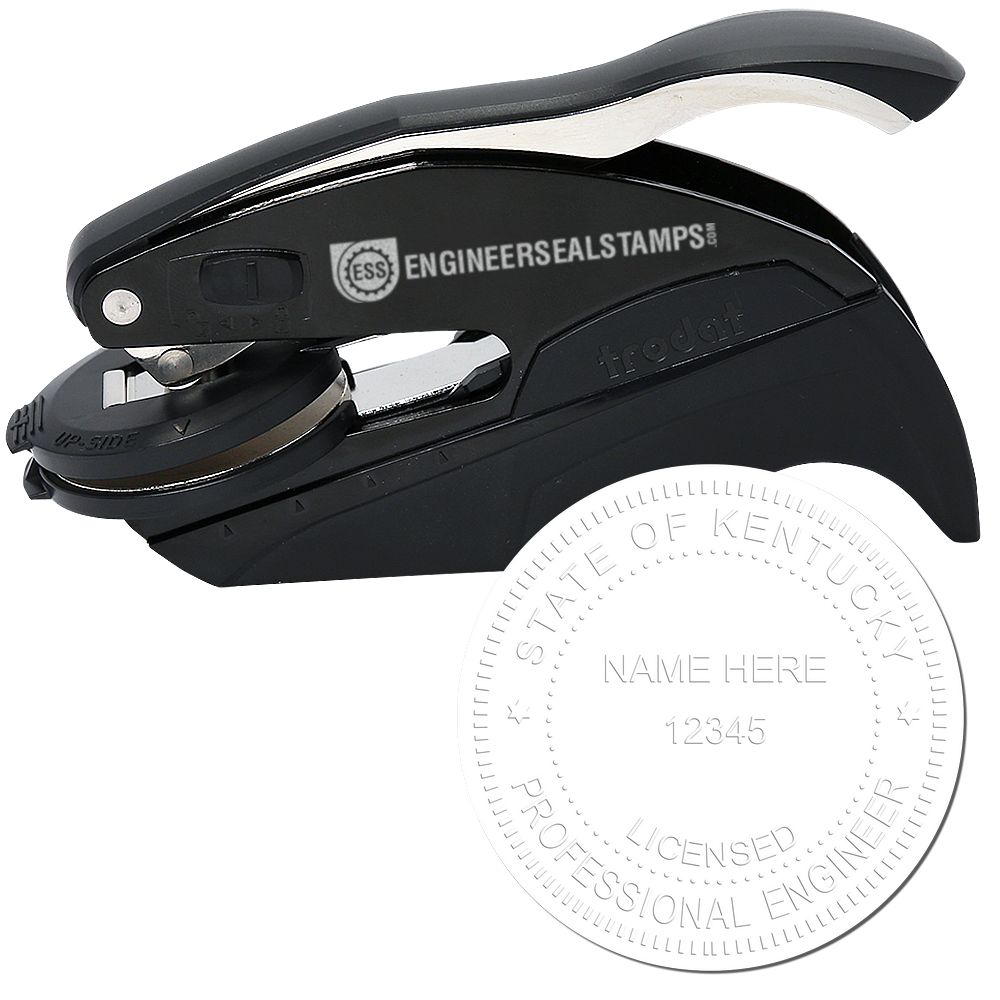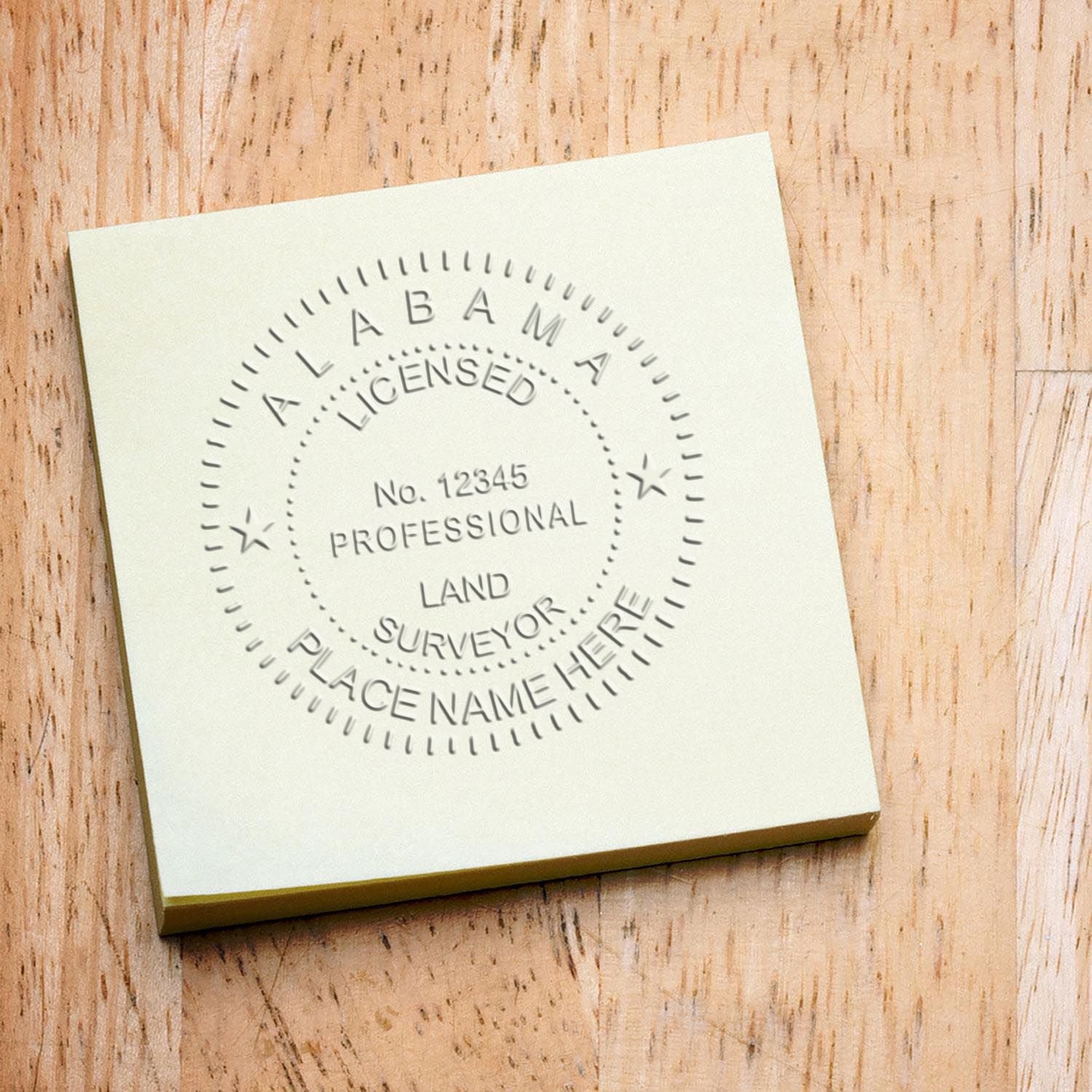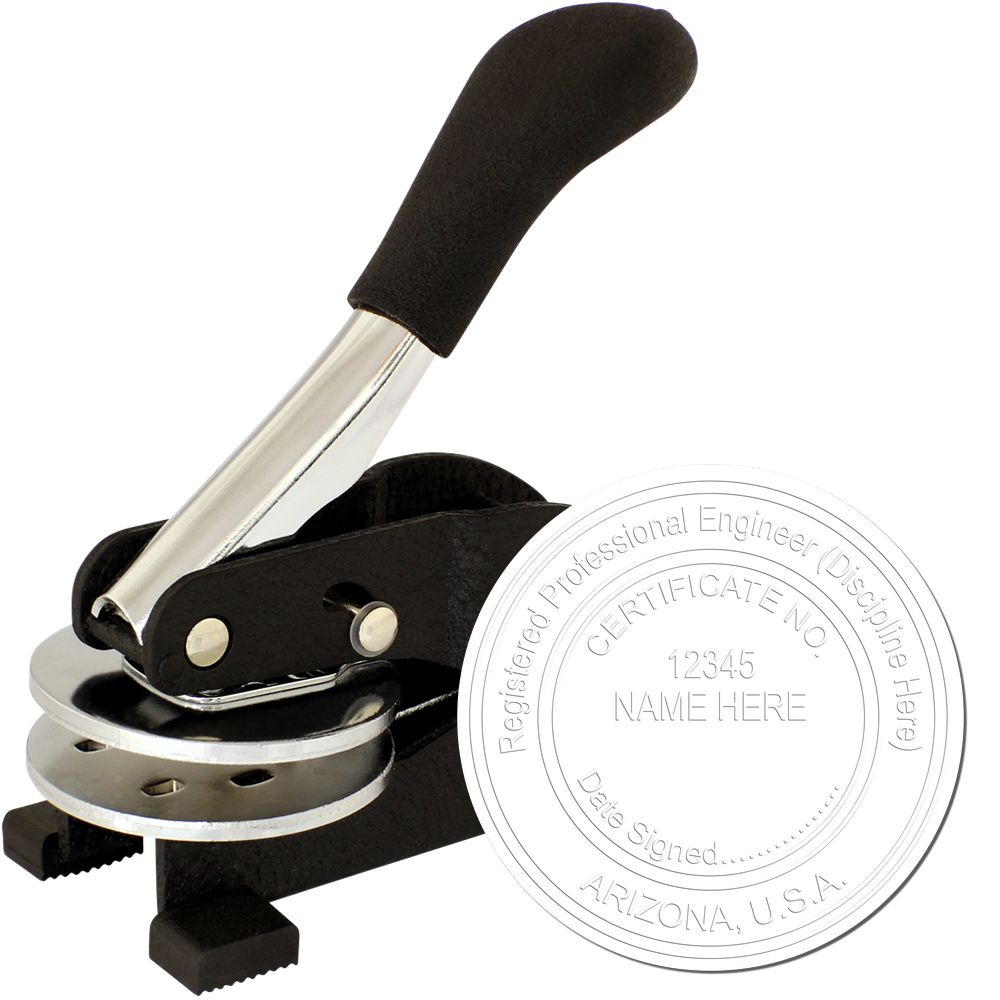The Importance of Architect Stamps
Architect stamps play a vital role in the architectural profession, serving as a symbol of authority, expertise, and legal compliance. Understanding what architect stamps are and why they are important is crucial for architects seeking to establish their credibility and ensure compliance with regulations.
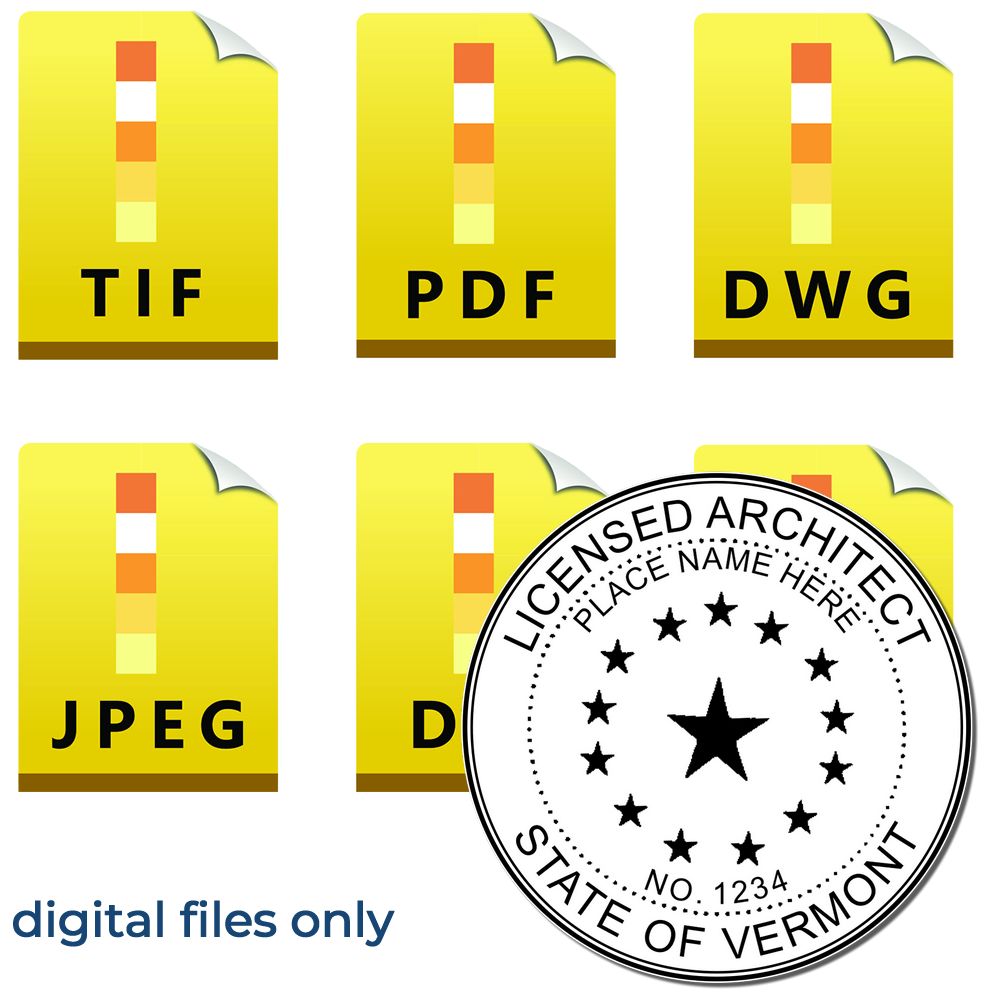
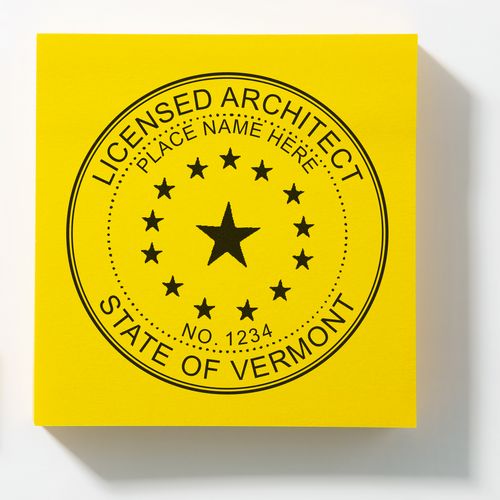
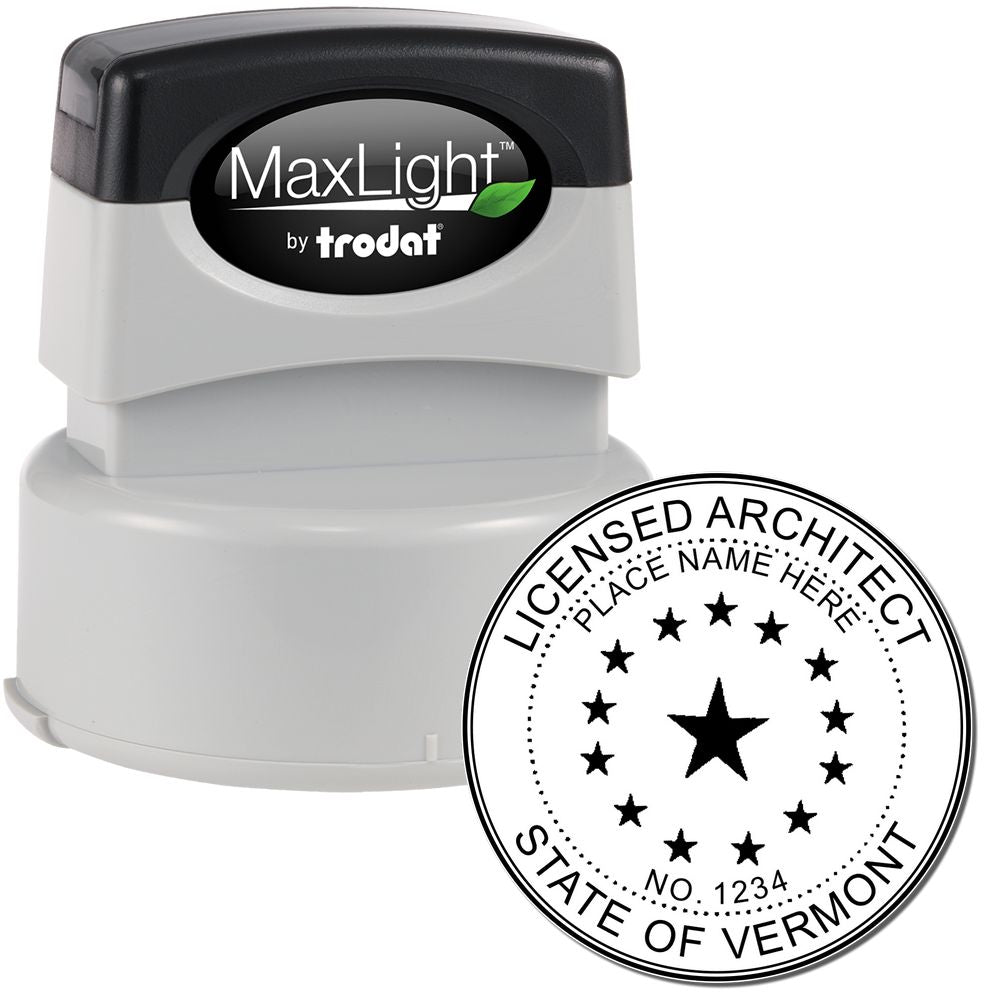
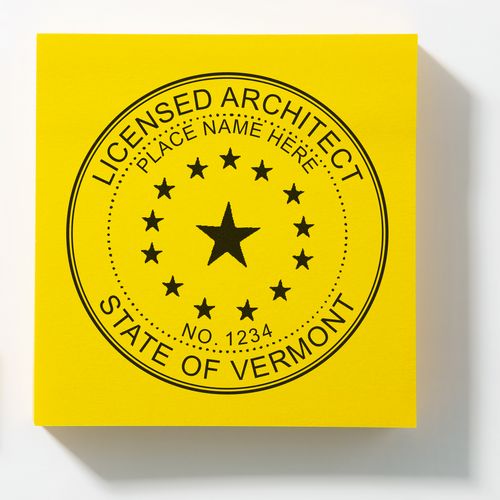
What is an Architect Stamp?
An architect stamp, also known as an architect seal, is a personalized stamp or embossed seal that bears the official credentials of a licensed architect. It typically includes the architect's name, license number, and the state or jurisdiction in which they are licensed. The stamp is used to authenticate architectural drawings, plans, and other professional documents prepared by the architect. It signifies that the documents have been reviewed, approved, and certified by a licensed professional.
Why Architect Stamps are Important
Architect stamps hold significant importance for several reasons. Firstly, they serve as a clear indication that the architect responsible for the design and construction documents has the necessary qualifications and expertise. The stamp provides clients, contractors, and regulatory authorities with confidence in the architect's abilities and assures them that the project is in capable hands.
Moreover, architect stamps are essential for compliance with regulations and building codes. Many jurisdictions require that architectural plans and specifications be stamped by a licensed architect to ensure adherence to safety standards and legal requirements. By affixing the architect stamp to the documents, architects demonstrate their commitment to upholding professional standards and complying with the applicable guidelines.
Architect stamps also offer liability protection for architects. In the event of a legal dispute or claim related to the design or construction of a project, having the architect stamp on the documents can provide evidence that the architect fulfilled their professional duties and responsibilities. This can serve as a valuable defense mechanism, helping to mitigate potential liabilities and protect the architect's reputation.
In Vermont, architect stamps are governed by specific regulations and requirements. Architects practicing in the state must familiarize themselves with the guidelines outlined by the Vermont Board of Architects. For more information on Vermont architect stamps and the associated requirements, refer to our article on Vermont architect seal requirements.
Understanding the significance of architect stamps is essential for architects looking to establish their professional credibility, ensure compliance with regulations, and protect themselves from potential liabilities. By obtaining and utilizing a valid architect stamp, architects can confidently showcase their expertise and commitment to delivering high-quality architectural services.
Vermont Architect Stamps
When it comes to the field of architecture, Vermont architect stamps play a crucial role in ensuring professionalism, compliance with regulations, and liability protection. In this section, we will dive into the specifics of Vermont architect stamps, including their purpose and the legal requirements for Vermont architects.
Understanding Vermont Architect Stamps
A Vermont architect stamp, also known as a Vermont architect seal, is a mark of authenticity and professionalism. It is a physical imprint or embossment that architects use to certify their work and indicate their involvement in a particular project. The stamp typically includes the architect's name, license number, and the words "Registered Architect" or "Architect" to signify their qualifications.
Vermont architect stamps serve as a visual representation of an architect's commitment to upholding the highest standards of the profession. By affixing their stamp to architectural drawings, plans, and other documents, architects indicate that they have reviewed and take responsibility for the accuracy and compliance of the work.
Legal Requirements for Vermont Architects
In Vermont, architects are legally required to use an architect stamp on certain documents as outlined by the Vermont Board of Architects. These documents typically include architectural drawings, designs, specifications, and construction documents. The use of a Vermont architect stamp ensures that the architect's work meets the state's standards and regulations.
The specific guidelines and requirements for Vermont architect stamps can vary, so it is essential for architects practicing in Vermont to familiarize themselves with the regulations set forth by the Vermont Board of Architects. To learn more about the specific requirements for Vermont architect stamps, you can refer to our article on Vermont architect seal requirements.
By adhering to the legal requirements and properly utilizing a Vermont architect stamp, architects demonstrate their commitment to professionalism and accountability. The stamp not only serves as a mark of authenticity but also provides assurance to clients, building officials, and other stakeholders that the architect's work meets the necessary standards and regulations.
In the following section, we will explore the benefits that come with obtaining a Vermont architect stamp, including professional credibility, compliance with regulations, and liability protection.
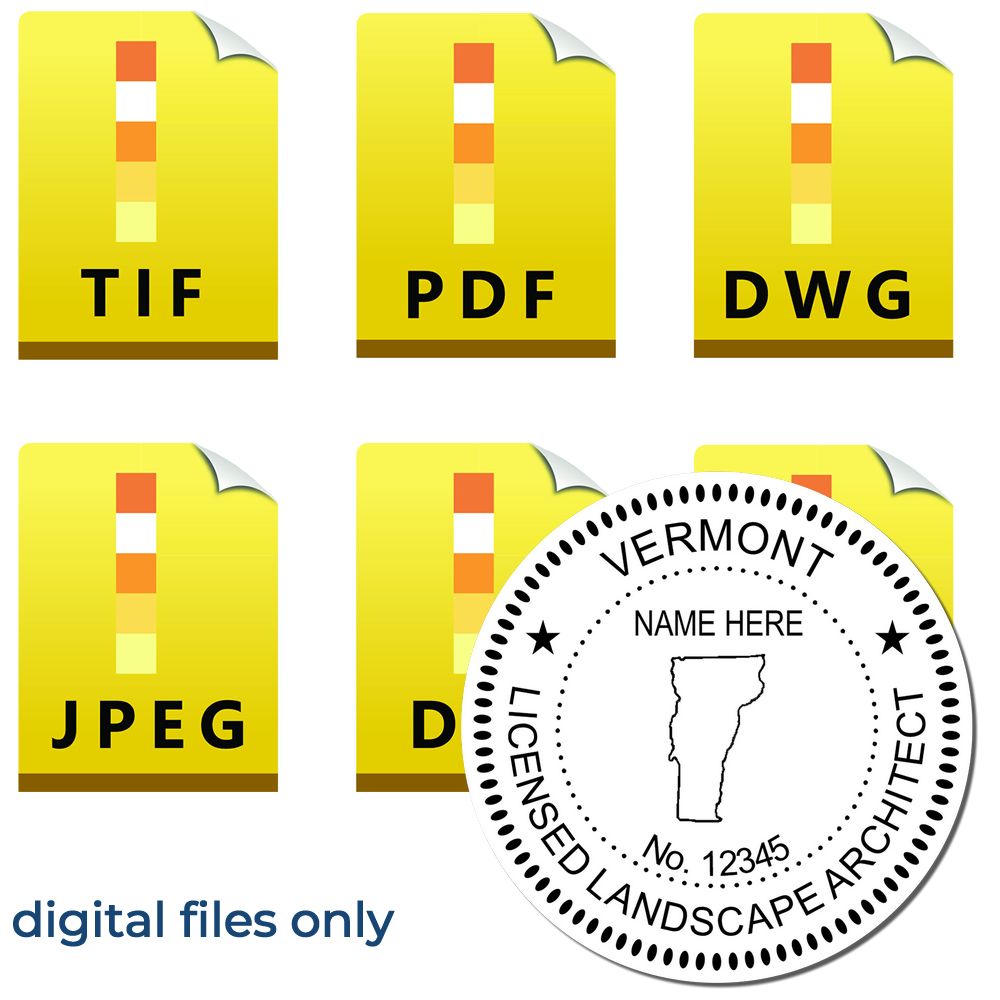
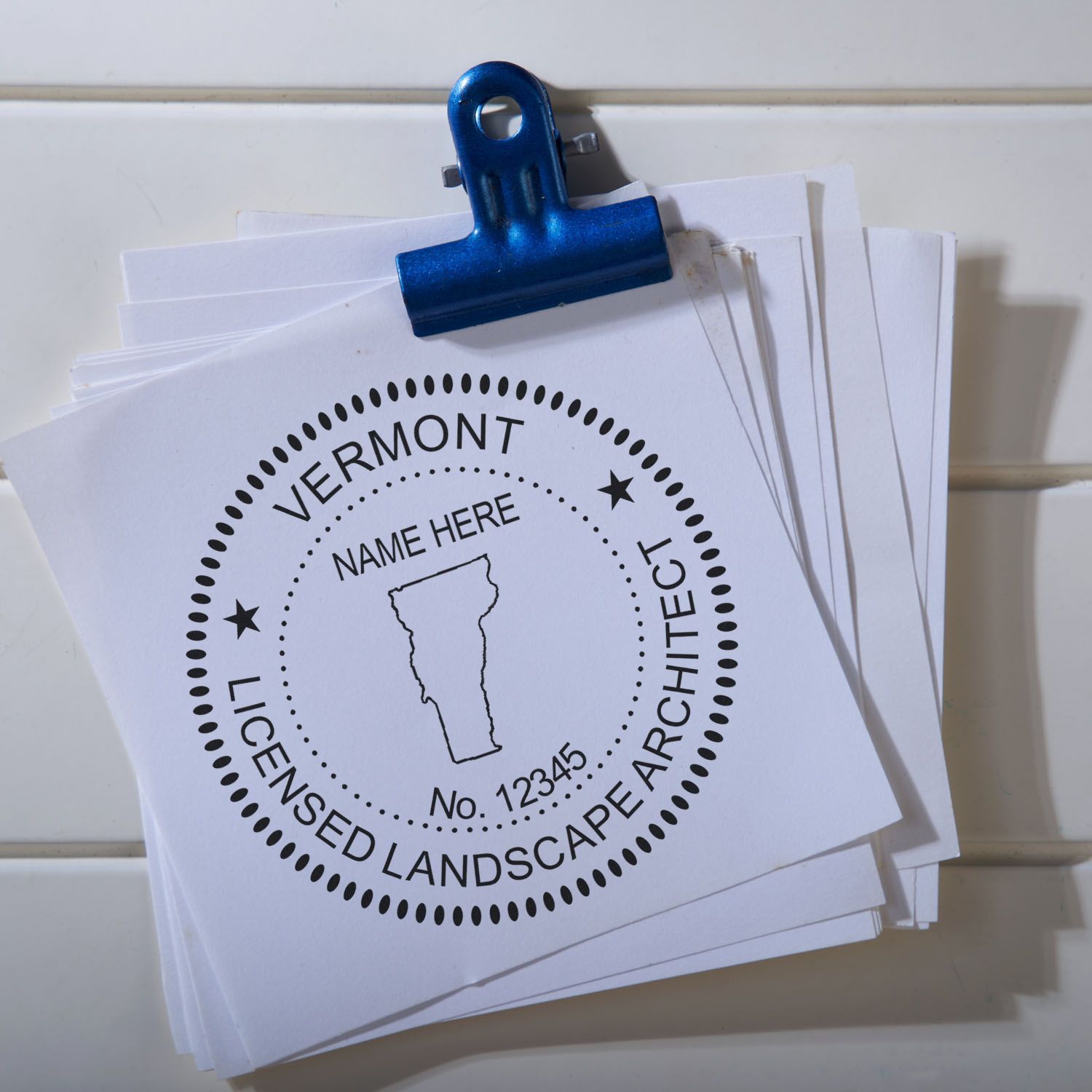
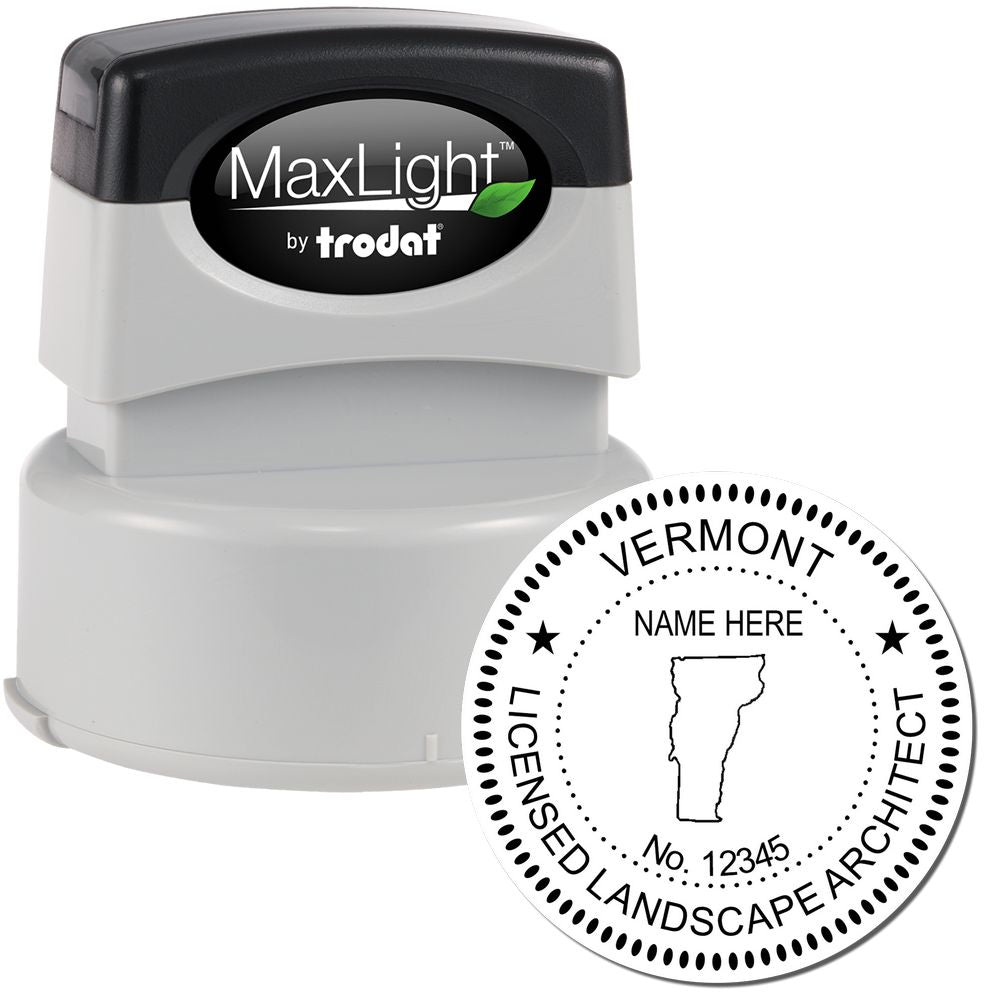
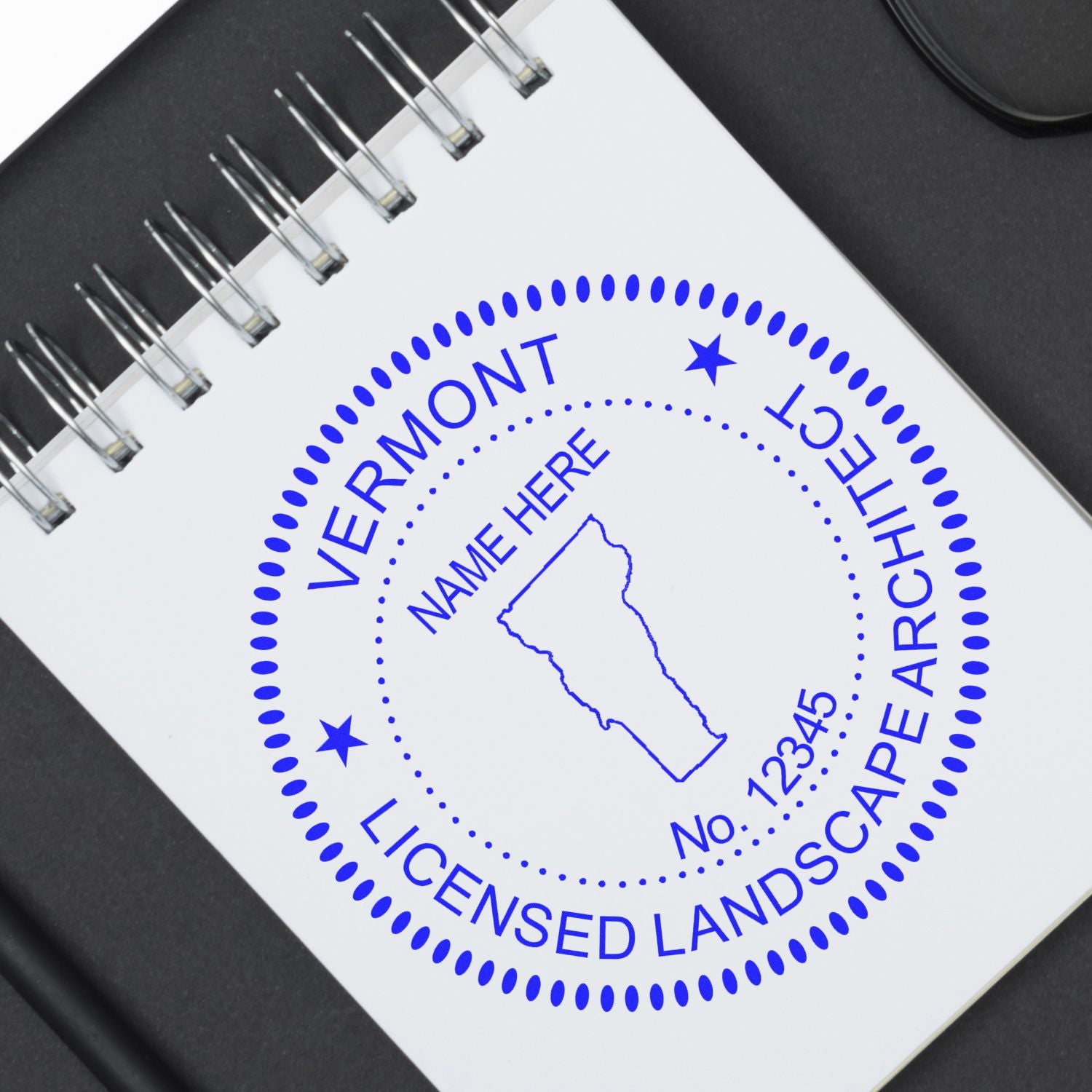
Benefits of a Vermont Architect Stamp
Obtaining a Vermont architect stamp holds several benefits for architects practicing in the state. These benefits include professional credibility and trust, compliance with regulations and building codes, and liability protection.
Professional Credibility and Trust
Having a Vermont architect stamp prominently displayed on architectural drawings and documents signifies professional credibility and expertise. The stamp serves as a visual representation of an architect's qualifications and adherence to industry standards. Clients, contractors, and regulatory authorities recognize the stamp as a symbol of trust, giving them confidence in the architect's abilities. It demonstrates that the architect's work meets the high standards set by the Vermont Board of Architects.
Compliance with Regulations and Building Codes
A Vermont architect stamp signifies that the architect's work complies with the regulations and building codes set forth by the state. It ensures that the architect has a comprehensive understanding of the local laws and regulations governing architectural design and construction. By adhering to these standards, architects help protect the health, safety, and welfare of the public. The stamp acts as a visual confirmation that the architectural plans have been reviewed and approved by a licensed professional.
Liability Protection for Architects
Possessing a Vermont architect stamp offers liability protection for architects. By affixing the stamp to their architectural documents, architects assume responsibility for the accuracy and quality of their work. In the event of any disputes or legal issues, the stamp provides evidence that the architect is licensed and has met the professional standards required by the state. This can potentially minimize liability and protect the architect's professional reputation.
It's important for architects to understand the significance and benefits of a Vermont architect stamp. By obtaining and utilizing the stamp in their architectural practice, architects can enhance their professional standing, ensure compliance with regulations, and provide a level of liability protection. For more information on Vermont architect stamps and their requirements, check out our article on vermont architect seal requirements.
Obtaining a Vermont Architect Stamp
To practice architecture in Vermont and demonstrate professional competency, architects must obtain an architect stamp. This section will outline the application process for Vermont architects and the criteria they must meet to obtain their Vermont architect stamp.
Application Process for Vermont Architects
The application process for obtaining a Vermont architect stamp involves several steps to ensure that only qualified professionals receive the stamp. Here is an overview of the typical application process:
-
Education and Experience: Vermont architects must possess a professional degree in architecture from an accredited institution and have completed the required number of years of professional experience.
-
National Council of Architectural Registration Boards (NCARB) Certification: Architects must hold a valid NCARB certificate, which demonstrates that they have met the national standards for architectural competency.
-
Examination: Architects must have successfully completed the Architect Registration Examination (ARE), a comprehensive examination that assesses their knowledge and skills in various areas of architecture.
-
Application Submission: Architects must submit a completed application form, along with the required supporting documents, to the Vermont Board of Architects.
-
Review and Approval: The Vermont Board of Architects reviews the application, ensuring that all requirements are met. If the application is approved, the architect will receive their Vermont architect stamp.
It is important to note that the specific requirements and procedures for obtaining a Vermont architect stamp may vary. Architects should refer to the Vermont architect stamp guidelines provided by the Vermont Board of Architects for detailed information on the application process and any additional requirements. For more information on Vermont architect seal requirements, refer to our article on vermont architect seal requirements.
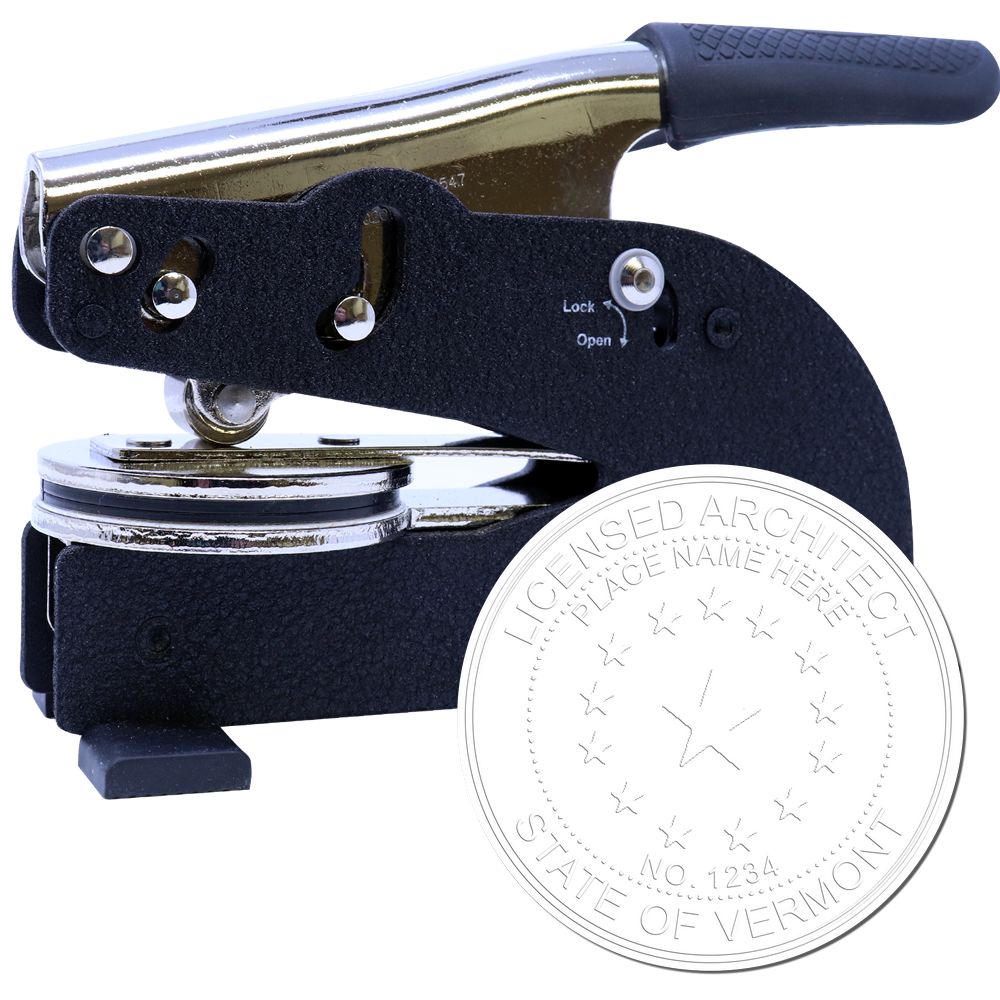
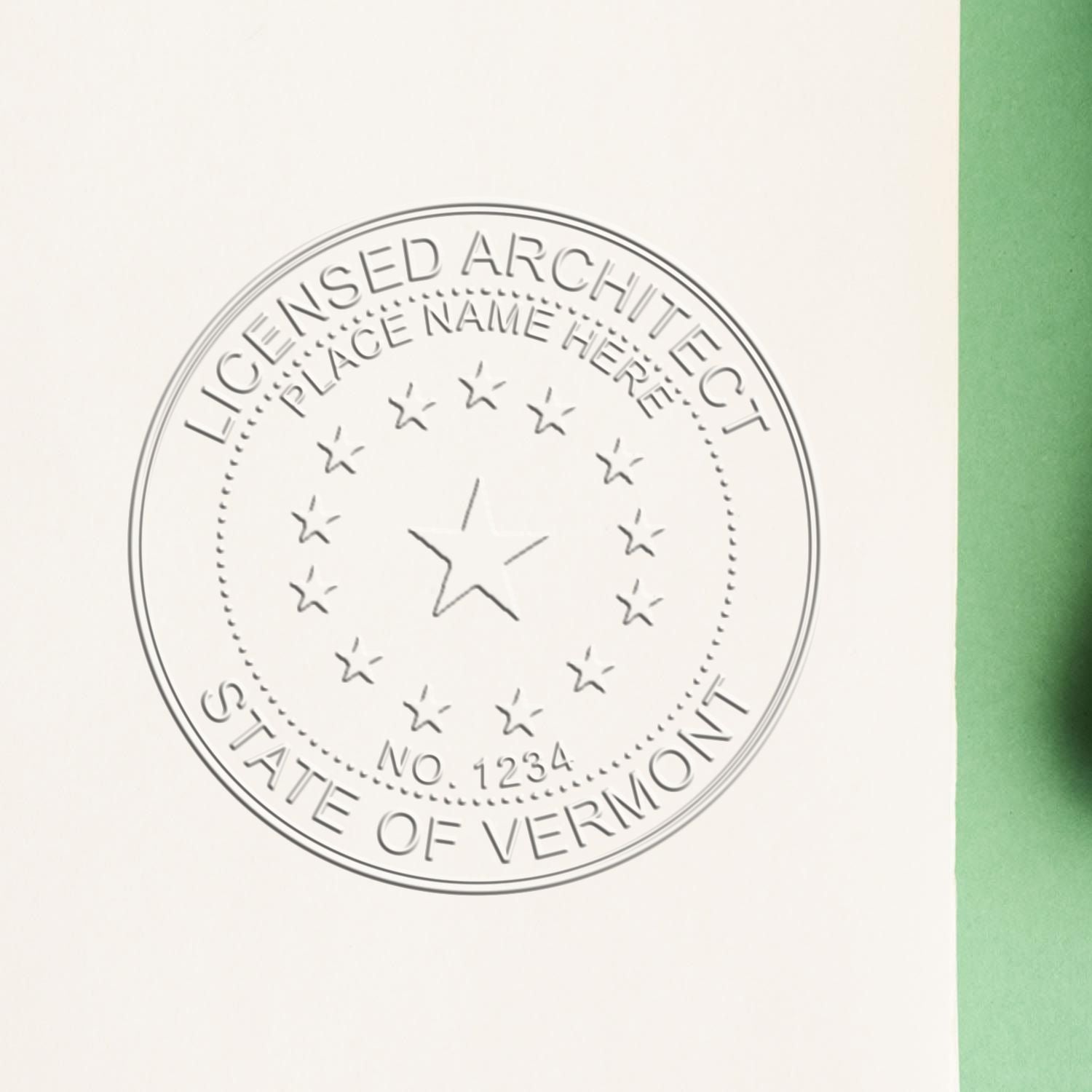
Criteria for Obtaining a Vermont Architect Stamp
To be eligible for a Vermont architect stamp, architects must meet certain criteria set by the Vermont Board of Architects. These criteria typically include:
-
Education: Architects must possess a professional degree in architecture from an accredited institution. This ensures that they have received the necessary education and training in the field of architecture.
-
Experience: Architects must have completed a certain number of years of professional experience under the supervision of a licensed architect. This requirement ensures that architects have practical experience in the profession.
-
Examination: Architects must have successfully passed the Architect Registration Examination (ARE), which assesses their knowledge and competency in various areas of architecture. This examination ensures that architects have a strong foundation in the field.
-
NCARB Certification: Architects must hold a valid NCARB certificate, which indicates that they have met the national standards for architectural competency. This certification demonstrates that architects are qualified to practice in multiple states.
By meeting these criteria, architects can obtain their Vermont architect stamp, signaling their professional competence and commitment to adhering to the highest standards of the architectural profession.
Choosing the appropriate Vermont architect stamp is an important decision for architects. It is essential to consider the specific requirements and regulations set by the state of Vermont to ensure compliance. Architects should also ensure that the stamp they select meets the quality and legitimacy standards set by the Vermont Board of Architects. For more information on Vermont architect seals, refer to our article on vermont architect seal.
Choosing the Right Vermont Architect Stamp
When it comes to selecting a Vermont architect stamp, there are several factors to consider to ensure you choose the right one for your needs. The stamp you choose should not only meet the necessary requirements but also reflect your professionalism and credibility as an architect. Here are some key factors to consider when selecting a Vermont architect stamp.
Factors to Consider in Selecting a Vermont Architect Stamp
-
Design and Layout: The design and layout of the architect stamp are important considerations. Vermont architect stamps typically include the architect's name, license number, and the words "Registered Architect" or "Architect". Pay attention to the font, size, and overall appearance of the stamp to ensure it meets your preferences and professional standards.
-
Stamp Size: The size of the stamp can vary, and you'll want to choose a stamp size that allows for clear and legible impressions. Consider the available space on your architectural drawings or documents where the stamp will be applied and select a size that fits appropriately.
-
Durability and Quality: The durability and quality of the stamp are essential for long-term use. Look for a Vermont architect stamp that is made from high-quality materials, such as durable plastics or metals, to ensure it can withstand repeated use without compromising the clarity of the impression. Additionally, consider the type of ink pad that works best with the stamp for optimal results.
-
Compliance with Regulations: It is crucial to ensure that the Vermont architect stamp you select complies with the regulations and guidelines set by the Vermont Board of Architects. Familiarize yourself with the specific requirements, such as the size and format of the stamp, as outlined by the board. Our article on Vermont architect seal requirements provides further guidance on this subject.
Ensuring Quality and Legitimacy of the Stamp
When purchasing a Vermont architect stamp, it is important to ensure its quality and legitimacy. Here are some steps you can take to ensure you obtain a reliable and authentic stamp:
-
Purchase from Reputable Sources: Obtain your Vermont architect stamp from reputable sources that specialize in professional stamps and seals. These sources often have a thorough understanding of the specific requirements for Vermont architect stamps and can guide you in selecting the right one.
-
Verify Customization Options: Ensure that the supplier offers customization options that allow you to include your name, license number, and other required information on the stamp. This customization ensures that the stamp complies with the regulations set by the Vermont Board of Architects.
-
Check for Authenticity: Look for stamps that come with a certificate of authenticity from the manufacturer. This certificate serves as proof that the stamp is genuine and meets the necessary quality standards.
By carefully considering the factors mentioned above and ensuring the quality and legitimacy of the stamp, you can confidently select a Vermont architect stamp that meets the requirements of the Vermont Board of Architects and reflects your professionalism as an architect.
About ESS
At Engineer Seal Stamps, we take pride in our expertise in creating custom rubber stamps, professional seals, and notary stamps that cater to the unique needs of engineers. Our company's commitment to delivering exceptional customer service has earned us a stellar reputation within the industry. Our team consists of highly skilled professionals with extensive knowledge in the stamp-making process, ensuring that each product we create meets the highest standards of quality.
We understand the importance of trust and confidence in our products, which is why we offer a state board guarantee on all our stamps. Our guarantee ensures that our stamps are compliant with state regulations, giving our customers peace of mind when it comes to their legal requirements. Additionally, we offer a quick turnaround on our products, ensuring that our customers receive their stamps in a timely manner, regardless of their location.
At ESS, we prioritize our customers' needs and go above and beyond to ensure their satisfaction. We take pride in our personalized approach to customer service, as we work with each customer to create a custom stamp that perfectly fits their needs. As a result, our customers can trust that they are receiving a stamp that not only meets their legal requirements but also represents the uniqueness of their profession. Overall, at Engineer Seal Stamps, our commitment to exceptional customer service, quality products, and quick turnaround sets us apart within the industry. We take pride in our work and strive to exceed our customers' expectations in every aspect of our business.

